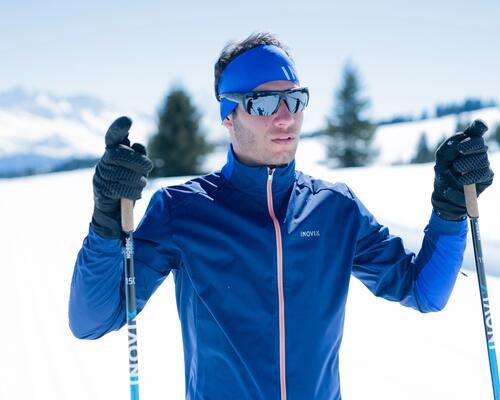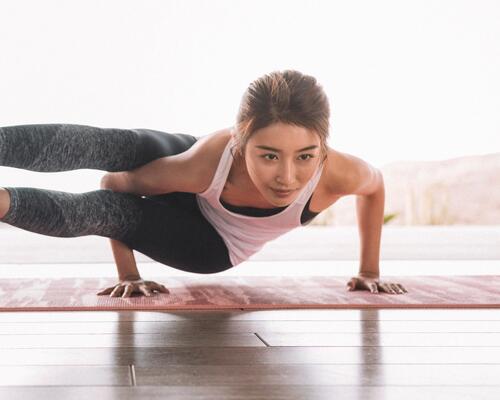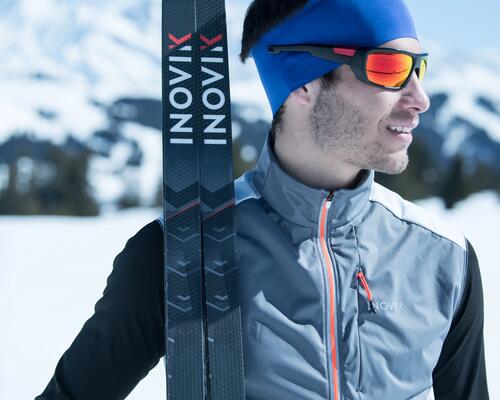What are the best cross-country skis? What are the two different types?
If you're considering buying cross-country skiing equipment, it's essential to take into account various factors to ensure you make the right choice. These include your physical condition, skill level, the type of anti-recoil system, compatibility of binding standards with your boots, and your weight. Taking these factors into consideration will help you select the most suitable equipment for an optimal skiing experience.














